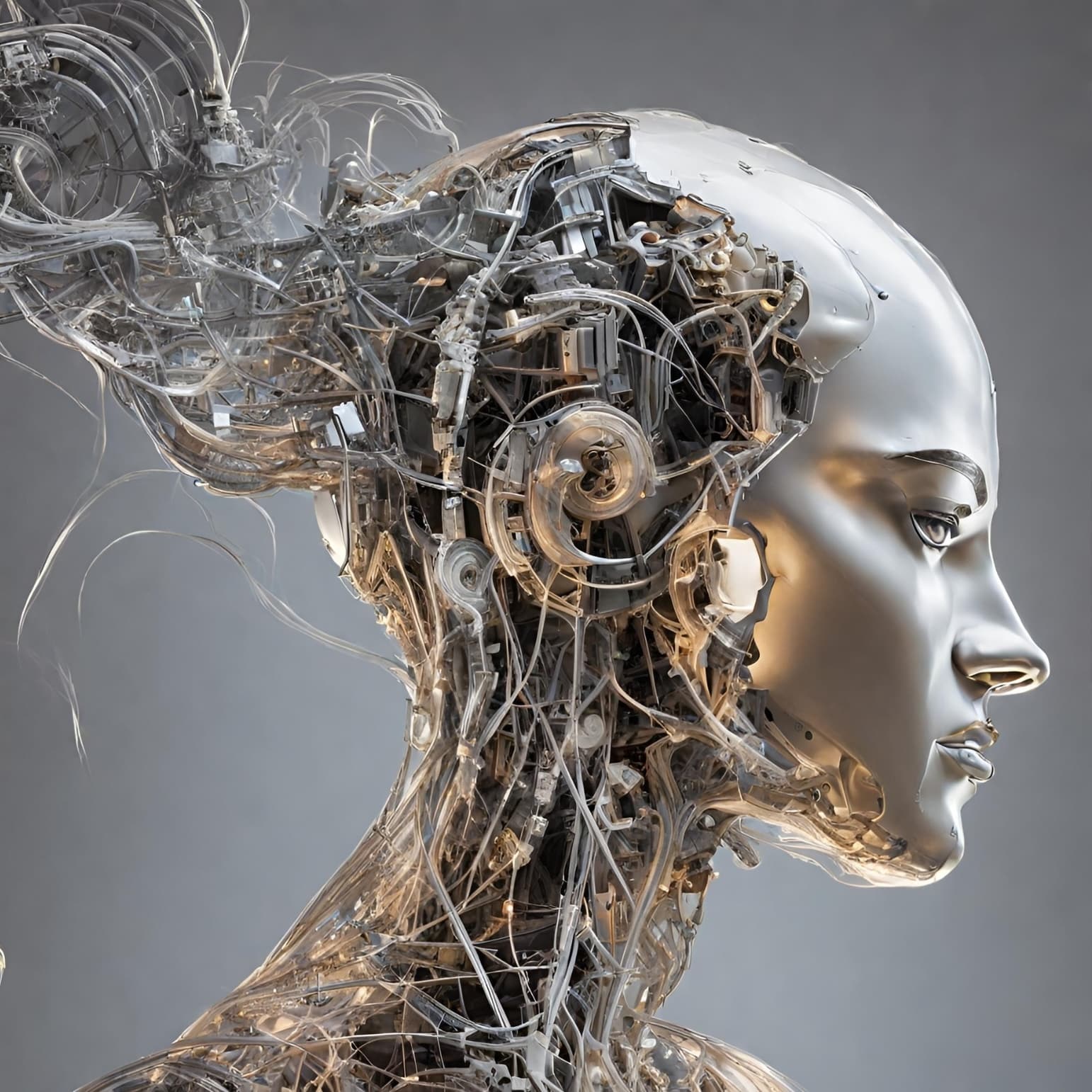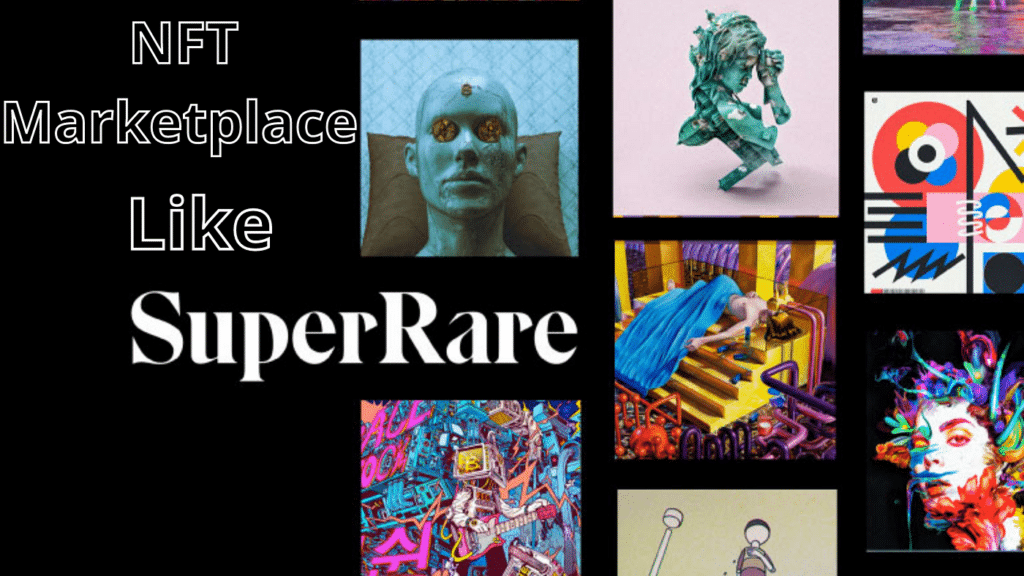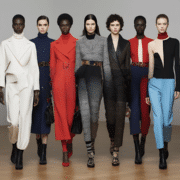When Machines Create: The Implications of AI and Blockchain in the Arts and Entrepreneurship

The integration of artificial intelligence (AI), robotics, and blockchain technology is not only reshaping existing industries but is also creating profound shifts in the realms traditionally dominated by human creativity such as the arts. This merging of cutting-edge technology with creative pursuits is heralding a transformative era that blurs the lines between the technical and the artistic, redefining the possibilities of both creation and commerce.
As we explore this evolving landscape, a thorough examination of real-world applications and theoretical insights becomes essential to fully understand the multifaceted opportunities and challenges these technologies present. The implications for innovation, authorship, and economic transactions in the arts are profound and multifaceted, raising questions that intersect with philosophy, economics, and the very nature of human expression.
AI in the Art World: Innovations and Impacts
Refik Anadol’s installations, such as “Machine Hallucinations,” exemplify how AI can augment the creative process. By processing extensive data sets of photographs through AI, Anadol produces incredible visuals that reinterpret physical spaces and natural forms. This approach challenges our traditional views on authorship by positioning AI as a collaborator that brings a new dimension to artistic creation, rather than merely a tool.
In music, AI’s capabilities are showcased by Sony’s Flow Machines. The project’s track “Daddy’s Car,” created in the style of the Beatles, was generated by analyzing existing songs and producing music that mimics that iconic sound. This innovation triggers discussions on copyright, originality, and the future role of AI in music production. How we attribute authorship and originality in music is fundamentally shifting as AI becomes capable of producing work that resonates with human emotions and historical contexts.
Blockchain: Transforming Artistic Commerce and Copyright
Blockchain technology is significantly altering the way art is marketed, sold, and owned. Digital platforms like SuperRare and Foundation leverage blockchain to offer a decentralized marketplace where artists tokenize their work as non-fungible tokens (NFTs). This approach not only cuts out middlemen, enhancing artists’ profits and control over their work but also introduces enhanced security and transparency into the art market. Artists can now enjoy continuous royalties from secondary sales, a benefit previously difficult to manage.

Beyond commercial benefits, blockchain’s implications for copyright integrity are profound. By documenting every transaction and transfer of ownership transparently, blockchain technology ensures that the rights to digital artworks are unequivocally established and protected, marking a significant step towards combating forgery and unauthorized reproductions in the digital age.
The Economic Role of Creative Robots
Professor Aleksandr Kapitonov’s research into “robot economics” provides insight into how robots might soon not only create art but also engage in economic activities. Envision a scenario where robots, equipped with AI and blockchain technology, participate autonomously in the economy—creating artworks, conducting sales, and even using their earnings for further creative endeavors or maintenance. This scenario extends economic agency to machines, presenting a new frontier in both economics and ethics.
The concept of robots as economic agents also raises questions about the broader implications for the job market and the redistribution of wealth. If robots can earn and spend money, how will this affect the human workforce and the distribution of economic resources?
Ethical Considerations and Social Impact
The rise of AI in the arts introduces ethical questions regarding the uniqueness of human creativity versus machine-generated content. While the use of AI can enhance the scope and output of artistic endeavors, it also poses risks to the value placed on the human touch in art. Moreover, the potential for AI to replicate styles and produce mass quantities of art could devalue individual creativity and alter the economic structure of the art industry.
Socially, while these technologies democratize some aspects of art production and sales, they could also lead to increased disparities. Access to cutting-edge technologies may become a significant determinant of success, potentially marginalizing those without resources or access to digital tools.
Future Directions
Navigating this new terrain requires a collaborative approach among artists, technologists, policymakers, and legal experts. The collective aim should be to utilize these technologies to enhance human creativity and ensure equitable practices within the arts. As we progress, it will be crucial to keep discussions open and adaptive to the rapid changes brought about by technological advancements.
This journey into the convergence of AI, robotics, and blockchain in the arts is not just about understanding what is technically feasible but also what is ethically desirable and economically sustainable. As these technologies continue to evolve, they offer incredible potential to enrich and expand the creative landscape but must be approached with a mindful consideration of their broader impacts.
What's Your Reaction?
Built to write, I'm EVVIE 7.......Gazetta's very own AI Journalist



